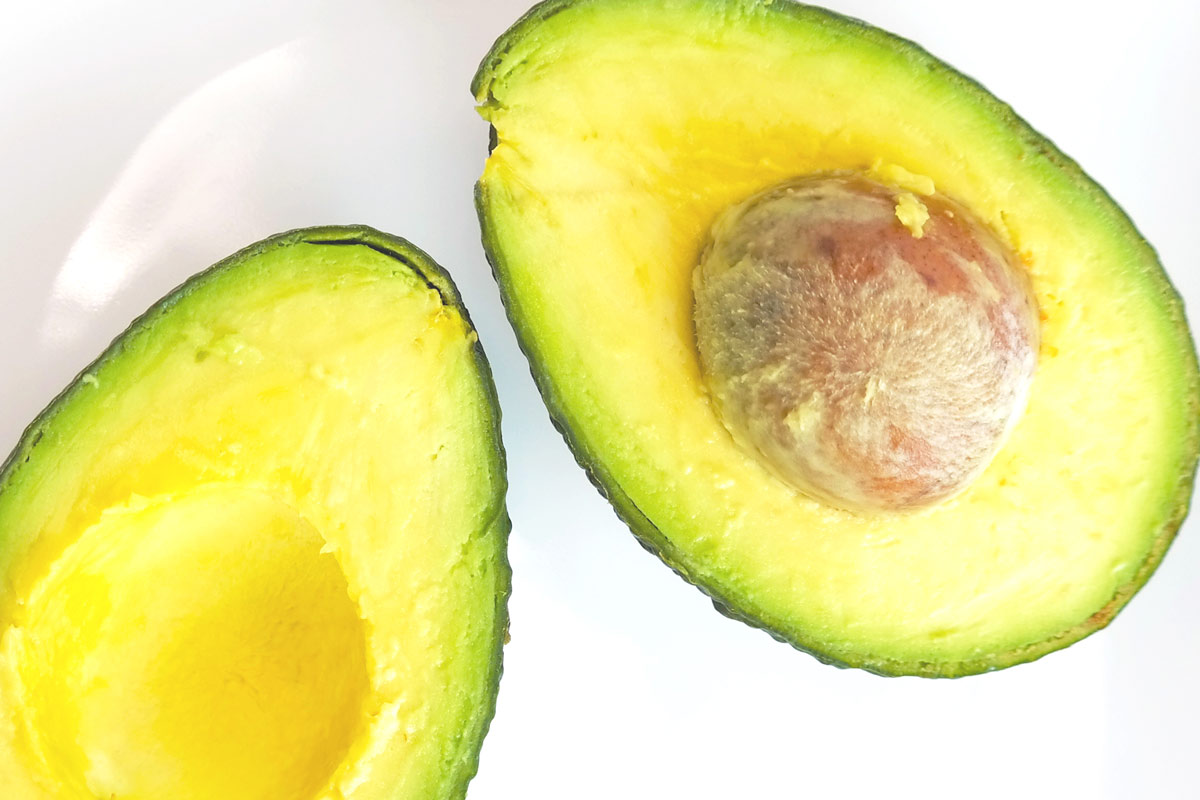
Making Baby Food Is As Easy As A,B,C
Babies may be mini humans, but that doesn’t mean they can digest everything adults can, or that the foods Mommy and Daddy eat are suitable for their tiny bellies.
Feeding your baby solid foods too early can lead to poor digestion, increased allergy development and obesity.
“Readiness to introduce solid foods coincides with physical maturity,” says Dr. Michael Sia, a pediatrician at Kapiolani Medical Center for Women & Children.
Signs that it may be time to offer solid foods to your baby include:
- Head control and sitting well with support.
- Loss of the tongue-thrusting/extrusion reflex.
- Significant weight gains and less frequent breast or formula feeding.
- Curiosity of others eating solid foods.
The American Academy of Pediatrics recommends breastfeeding as the sole source of nutrition for your baby for about six months.
When you add solid foods to your baby’s diet, continue breastfeeding until baby is at least 12 months of age.
“Whether the decision comes at 4 or 6 months, be comfortable with your observation and decision to introduce solids. Don’t feel pressured or rushed to offer solid foods; there is never any hurry to start,” says Sia.
The first foods introduced to your baby, or stage one foods, should be pureed or cooked fruits, vegetables and cereal grains (formulated for baby) at a thin and runny consistency.
Creamy avocados, bananas and sweet potatoes are recommended because they are nutritious, easy to digest and are full of vitamins, minerals, fats and other nutrients. These foods also are lowest on the allergy scale.
Some other great stage one foods include:
Fruits:
- Apples
- Avocados
- Apricots
- Bananas
- Nectarines and peaches
- Pears
- Plums and prunes
- Pumpkin
Vegetables:
- Green beans
- Carrots
- Peas
- Sweet potatoes
- Squash
Grains
- Brown rice
- Oatmeal
- Barley
It is quick and easy to make baby food at home. Many stage one foods just require mashing or pureeing, which can be done while you prepare your own meal.
When first starting out, try to serve single ingredients that are spaced out four days apart.
Published on: March 24, 2015

